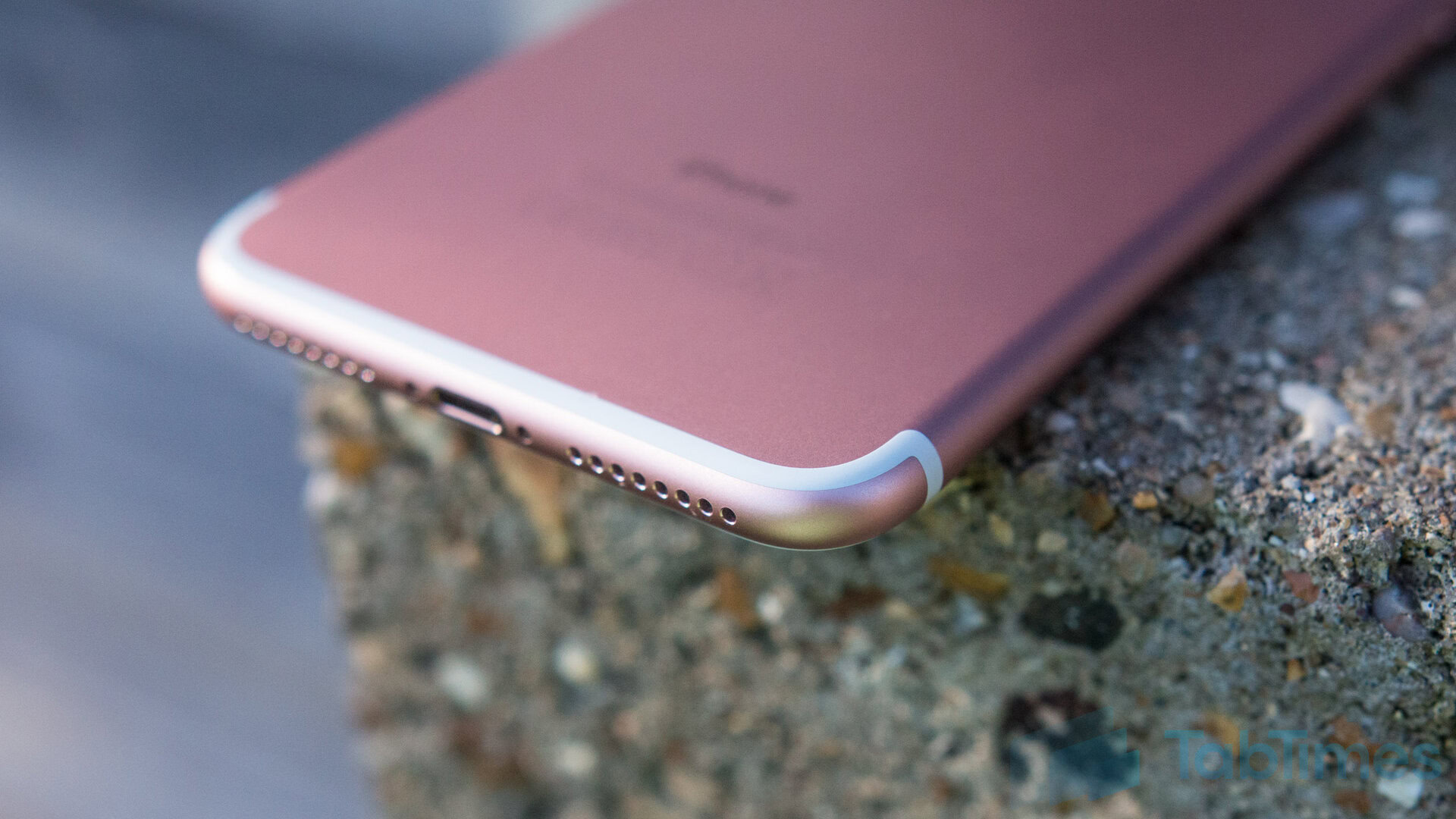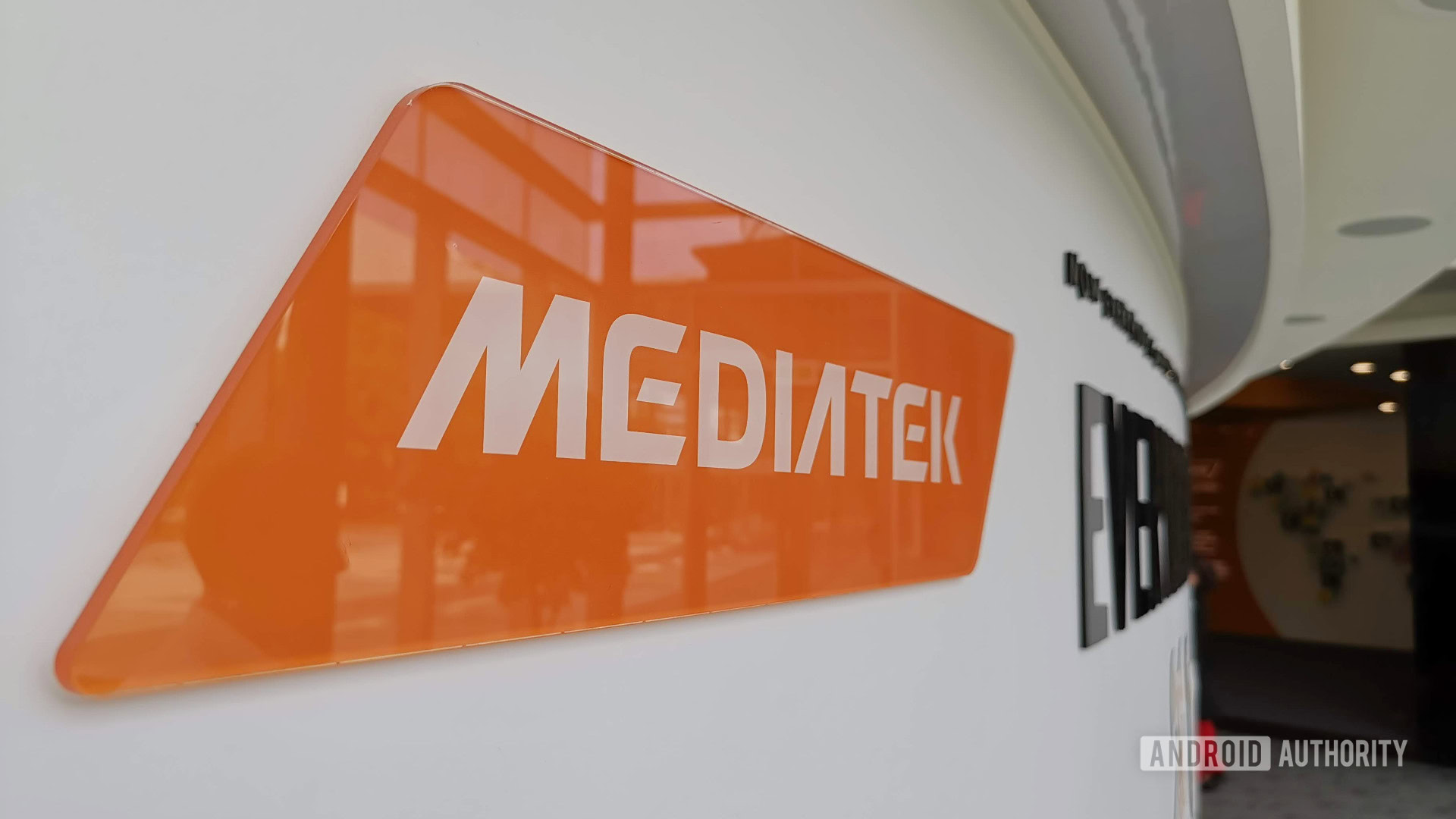Affiliate links on Android Authority may earn us a commission. Learn more.
The worst ever marketing fails from smartphone brands
Published onNovember 15, 2020

Smartphone manufacturers are no stranger to questionable marketing tactics. Some of these practices are so iffy that we were able to make a list of ones to look out for earlier this year.
Nevertheless, there are questionable practices and then there are downright bad public relations blunders. We thought it would be a fun idea to round up some of the worst smartphone marketing fails ever. Do note that we’re looking at PR faux pas rather than failed products. That means no Fire Phone, Red Hydrogen One, or Galaxy Note 7.
Let’s get into some cringe.
Microsoft holds a funeral for the iPhone (2010)
It takes a special kind of brash to hold a funeral for your competitor’s mega-popular product. Even so, that’s exactly what Microsoft did to mark Windows Phone 7’s release to manufacturing. That’s right, phones shipping with the new mobile platform weren’t even out yet when Microsoft said “goodbye” to the iPhone. Employees even performed a rendition of Michael Jackon’s Thriller (seen above) for some reason.
If any platform were the walking dead, it’d have to be Windows Phone though. Microsoft decided to discontinue feature updates for Windows 10 Mobile in 2017 and officially discontinued the platform in early 2020. It seems like Microsoft learned its lesson, as it didn’t trot out a Galaxy Fold funeral upon launching the Surface Duo.
Antennagate (2010)

The iPhone 4 debuted a new design back in 2010, using a metal rim and glass back for a rather distinctive look. Of course, metal isn’t great for cellular connectivity. Therefore, the company added a couple of breaks in the frame to improve reception. Unfortunately, it was discovered that simply holding the phone normally would frequently result in dropped calls and poor signal.
Read more: The best signal booster apps, and other solutions too
“Just avoid holding it in that way,” Apple’s late CEO Steve Jobs told a concerned customer via email. The assertion that people were holding their phones incorrectly rather than Apple admitting to a problem made for one of the bigger PR blunders in the smartphone space.
Nokia caught out by its own Lumia 920 video (2012)

Nokia was arguably the first company to offer optical image stabilization (OIS) in a smartphone, starting with the Lumia 920 back in 2012. It even produced a video showing smooth video capture while filming cyclists.
It then turned out that Nokia was using a DSLR camera mounted on a gimbal instead of the phone itself. We only knew because people noticed a reflection in the video showing the entire setup (seen in the image above).
The Samsung Galaxy S4 launch event (2013)
Samsung opted for a theatrical-style launch event for the all-conquering Galaxy S4. However, the entire event served as a cautionary tale for how people (especially women) shouldn’t be portrayed at a company event.
More on Samsung: A history of Samsung’s Galaxy S series
The Galaxy S4 launch saw Samsung throw out charming characters like a man who hates his mother-in-law, an attractive Brazilian woman with a creepy backpacker boyfriend, and a drunk, amorous housewife. It all made for a painfully cringeworthy watch, and CNET did a great job of chronicling the event at the time.
Here’s what the BlackBerry Z10 can’t do (2013)
BlackBerry had its fair share of smartphone PR fails. However, its most notable marketing blunder may have been its Superbowl 2013 ad for the BlackBerry Z10. The Z10 was the first smartphone running the touch-focused BlackBerry 10 platform, so how did the company highlight the device?
Well, BlackBerry focused on what the Z10 can’t do. Yep, a swipe on the phone results in the owner catching fire. Another swipe results in the owner getting elephant legs. Finally, one more swipe turns an incoming tanker truck into thousands of rubber ducks. The concept sounds like something that started out as a joke during a meeting before management actually decided to run with it.
It’s a pity too because, as late as BlackBerry was to the touch game, BlackBerry 10 and the BlackBerry Z10 actually made for a decent smartphone experience. This was largely due to the gesture-based UI, previously seen on the likes of MeeGo and Palm devices, and now seen on both Android and iOS.
OnePlus calls on people to smash their phones (2014)
OnePlus is no stranger to bombastic and awkward PR stunts. The firm’s Smash The Past contest is definitely up there as one of the more ridiculous smartphone marketing fails. The competition would let a user buy the OnePlus One for just $1, but the catch was that they had to destroy their old phone if they won.
Read more: OnePlus phones — A history of the company’s entire lineup
We say “old” phone, but OnePlus was looking for more recent devices to smash instead. Needless to say, there was a lot wrong with this contest. For one, it was a waste of a good phone that could’ve been recycled or given to someone in need. Then there are the potentially dangerous repercussions from destroying a device with a lithium battery and glass.
It took bad press for the company to change tack and let the winners donate their old phones to a charity instead. Why wasn’t this the go-to option in the first place?
Everything about the headphone port (2016 onwards)

Apple sparked controversy when it decided to remove the headphone port from the iPhone 7 back in 2016. It wasn’t the first firm to do so, but it definitely resulted in more manufacturers following suit. The company’s decision was justified by Apple’s Phil Schiller at the time, who said that the removal of the headphone jack required “courage.” It was this infamous line that drew the ire of many observers.
The likes of Google and Samsung then mocked Apple for removing the headphone jack, only to turn around and release phones without the port as well. Both of these brands seem to have pulled the clips mocking Apple since then. OnePlus’s founder Carl Pei even went so far as to hold a Twitter poll asking people for their thoughts on the headphone jack, with the majority of users expressing support for the standard. It didn’t stop the firm from ditching the 3.5mm port from its very next phone though.
Between Apple’s “courage,” mockery from Android brands, and OnePlus going against its own audience’s wishes, nobody was a winner in this saga of smartphone marketing fails.
HUAWEI and DSLR images (2016, 2018)

HUAWEI isn’t the only brand to have used misleading DSLR images to advertise smartphones. Samsung Brazil was caught out too. But the Chinese manufacturer has been busted for doing this at least twice.
The first major instance came in 2016 when the firm posted a rather crisp image on Google Plus (remember that?), seemingly implying that it was taken on the HUAWEI P9. Of course, a sniff around the EXIF data revealed that it was actually taken with a Canon camera.
The second instance occurred in 2018 after a model posted a behind the scenes shot of a HUAWEI Nova 3i commercial (seen above) for Egypt. The image revealed that a purported selfie seen in the commercial was actually taken with a DSLR camera too. Sadly, it probably won’t be the last time we hear about DSLR shots being used in a misleading way to market smartphones.
Oppo’s ridiculously bad ColorOS ads (2019)
We’ve already posted one foolish ad on the list, but OPPO’s ColorOS ads take the cake for being remarkably awful. The company released two ads on social media last year to highlight its ColorOS 6 Android skin.
The common thread with these ads is that someone would be talking to someone about ColorOS 6 as if it were an actual person. This would then be followed by the revelation that they were actually talking about an Android skin. It’s a pretty cheesy premise to begin with, but bad dubbing, awful voice acting, shoddy audio editing, and terrible scripts made for one of the more unintentionally hilarious smartphone marketing fails.
OPPO deleted the ads shortly after posting them, but they can still be found online so you can cringe as much as we did.
MediaTek benchmark cheating (2020)

One of the most recent examples of a smartphone PR fail came when it emerged that MediaTek was engaging in benchmark cheating. This isn’t the first time we saw companies cheating, but it was the latest example. It wasn’t just one specific chipset or OEM either, as Anandtech reported that the likes of OPPO, realme, Sony, and Xiaomi were affected.
MediaTek denied wrongdoing, claiming that “showcasing the full capabilities of a chipset in benchmarking tests is in line with the practices of other companies.” For what it’s worth, rival chipmaker Qualcomm denied that it engages in whitelisting benchmark apps, which forms the basis for most cheating practices.
LG Poland’s pervy Tiktok ad (2020)
How do you sell the LG V60 and its Second Screen case? Do you go with the ability to use the second display as a controller? What about running apps side by side? Nope, LG Poland thought upskirt photography was a handy use-case.
The regional division ran with a TikTok video that showed an elderly man taking upskirt photos of a woman. Somehow, this was supposed to show that the V60 and its Second Screen are a great combination. LG Poland deleted the video shortly thereafter, and LG itself said that the division didn’t follow the “proper approval process.”
Are there any other major smartphone marketing fails you can think of? Then let us know in the comments below!